The History Of A Country, Through Its Currency And Bills
Being involved in the cryptocurrency world, it's inevitable not to think about economy, local currency, fiat in general and how our life is changing, influenced by many factors. We're living in a dual world as for now, using only cryptocurrency is not possible, we are forced to use fiat too.
I live in a country where paper bills (banknotes) and coins have changed over the years like fashion. The country has gone through a lot over the years and I can't say we're in the right place economically, not by far. We've been always envying countries where paper bills have been the same for ages and unfortunately I can only name one, and that's the US. There has been even a joke about this, saying if you could find your grandfather's hidden treasure, you could use it today without any problem. That's not the case in my country though.
A Little History
The first bill issue happened in 1867 and have been four successive currencies in Romania known as the leu (plural lei) and withing each currency, there have been multiple issues. So if I were to count how many issues there have been so far, I guess it's easier to say, a lot or quite a few. You can check the whole evolution here if you're interested.
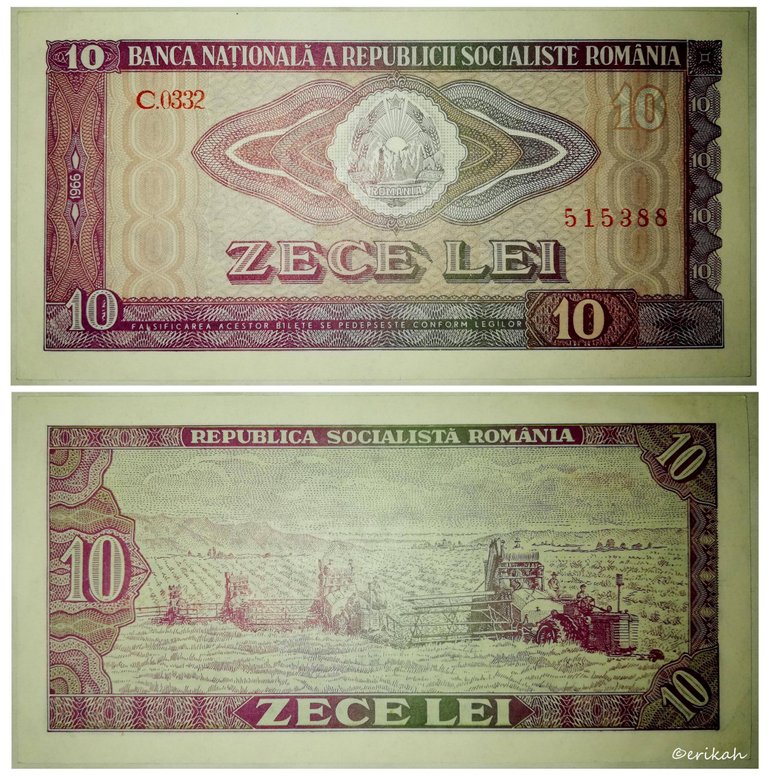
This is a 10 leu bill, issued in 1966 and circulated till 1991. For those of you who are not familiar with Romania's history, there's been a revolution that ended the communist era, and on 21 December 1989 the country entered in a new era.
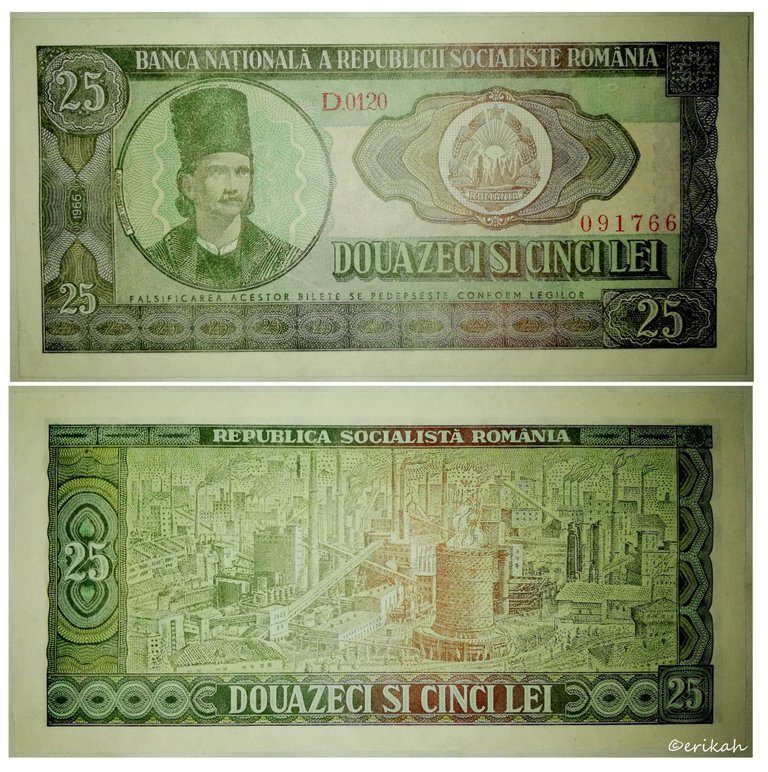
As you can see, these are very simple paper bills, with very little security elements, or at least not those we know these days.
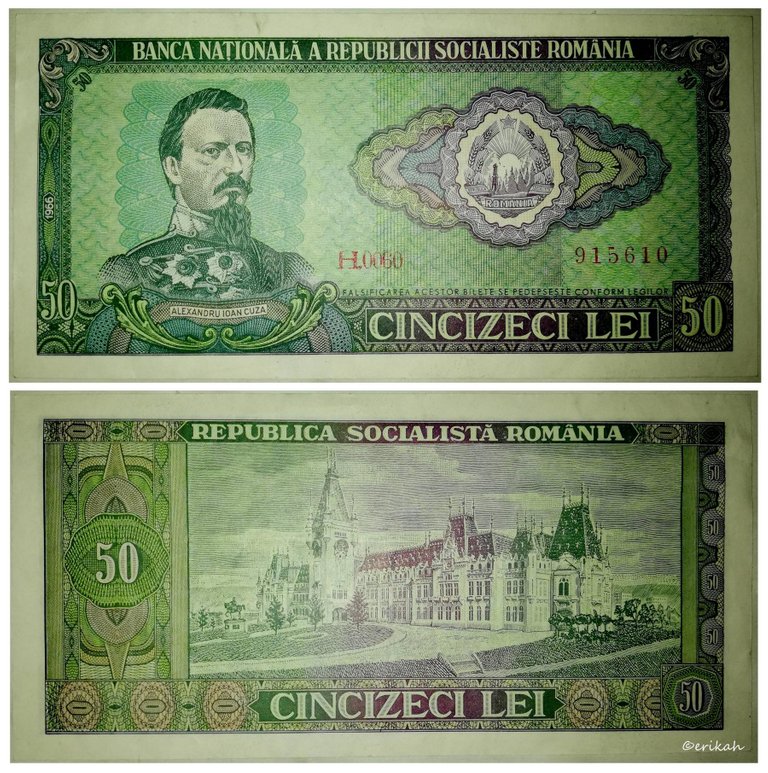
There were 7 paper bills in total, 1 leu, 3 lei, 5 lei, 10 lei, 25 lei, 50 lei and 100 lei. It's important to note that there was a coin for 1 leu, 3 lei and 5 lei as well. Now looking back after all these years, the 3 lei unit seems funny, so does the 25 lei.
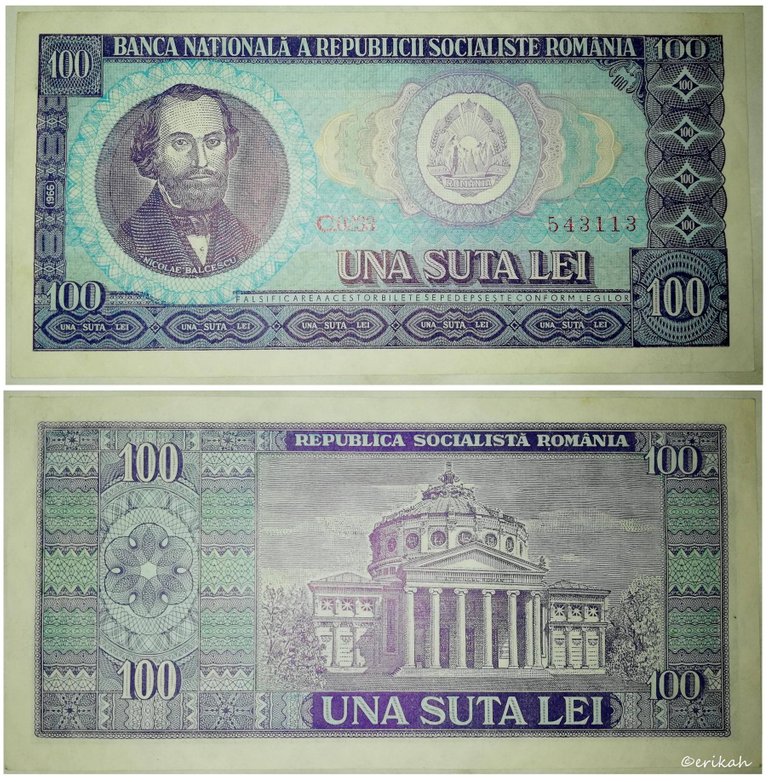
The 100 leu bill was the biggest in nominal value and to give you some idea about how much it was worth, the minimum wage up until the 1990 was around 2100 lei and was set by the government. Prices were heavily controlled by the state, private property was almost non existent, the whole economy was in the hands of the government, there were no private businesses. Food was fashioned and scarce most of the time. The USD rate was kept at a 18 lei rate for a long time. Bank cards were non existent, there was only cash. I could write a few novels on the subject but that's no my intention today.
1991–1992
After the revolution, the Socialist Republic of Romania became Romania and changed its bills and coins as well.
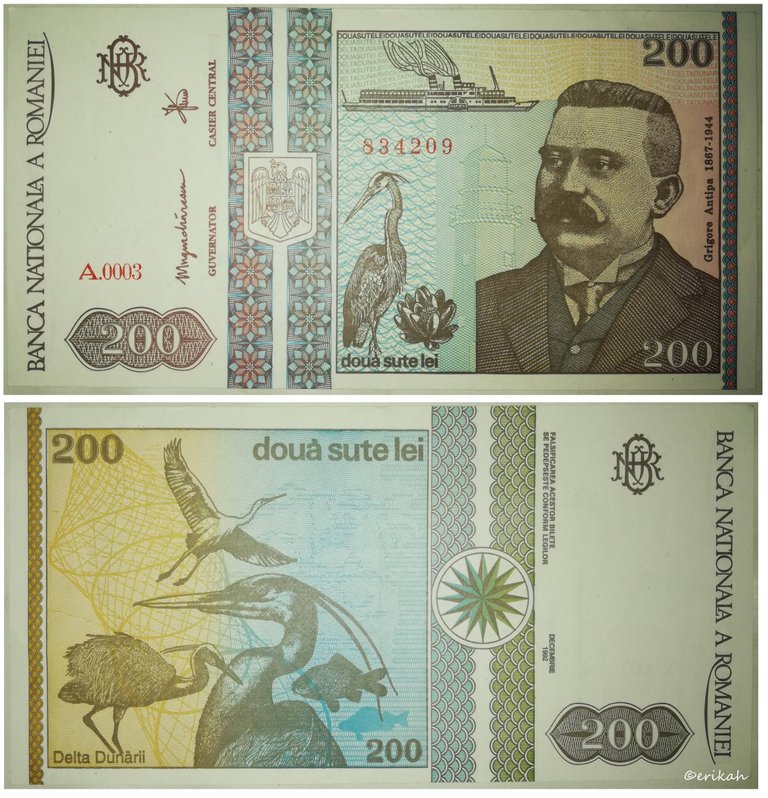
The new bills were very different from the communist ones, and bigger in nominal value as well. Security elements were still just a few, almost invisible and people were taught how to detect counterfeit bills, but since detection was not possible everywhere, you heard a case or two of counterfeit money every day.
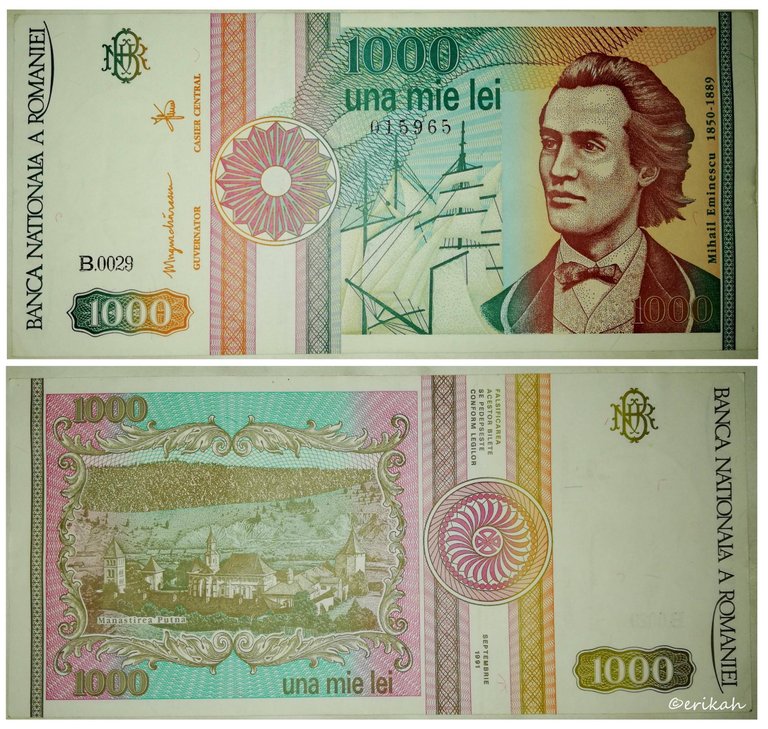
Inflation has stepped in our life and the circus has began. From a life in which you knew all the prices, we have landed in the world of the big numbers, spending more and more on the same products, watching our buying power getting weaker and weaker.
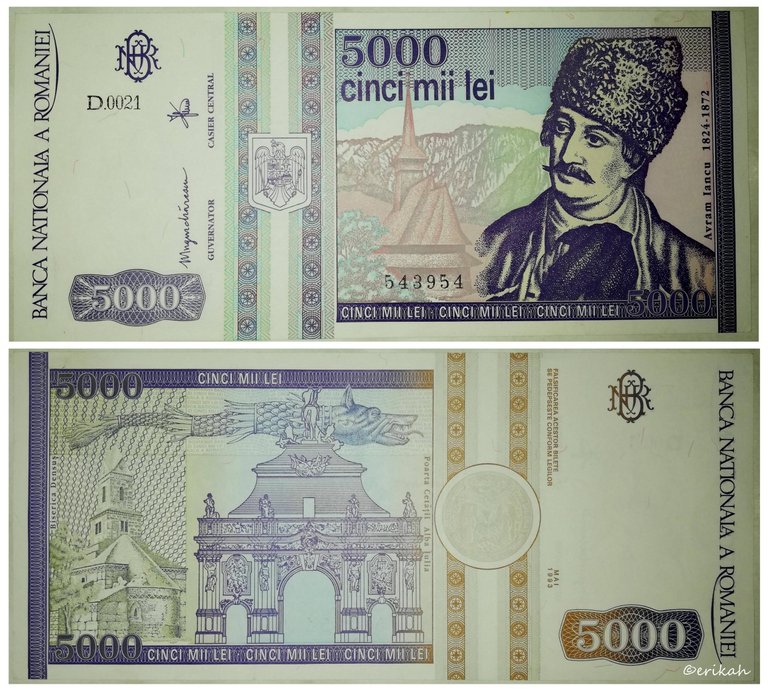
I remember those times when I was going to the bank every evening with a heavy bag full of money, to deposit cash from sales.
2005
Fast forward, on 1 July 2005, after 15 years of high inflation, took place a redenomination, a process that cut 4 zeros on each bill, 10,000 lei becoming 1 leu. The new paper bills are of equal size to euro banknotes. This measure was taken hoping machines will need less refitting once Romania joins the euro zone.
This is the new 1 leu bill, still in use after 15 years. This bill has the new security elements though.
Since then Romania has joined the euro zone, without adopting the euro though. There are plans to drop the national currency and adopt the euro, but things are not going as planned, the euro zone has its own problems and I for one don't want the switch from leu to euro. In case the country leaves the euro zone, converting back to leu will cost us a lot again.
What Will The Future Look Like
Today we have credit and debit cards, cash is till in use but compared to a decade ago, the use of cash is decreasing. Governments worldwide are working on implementing the national digital currency (CBDC), which will have no physical shape and form. There will be no risk of printing new bills due to inflation.
Counterfeiters have moved on to hacking ATMs, credit cards and crypto wallets. We've got white, gray and the infamous black hats now to be afraid of. Spending money on wallets has become a necessity and good quality leather is not the preferred one anymore. Generation Alpha may not even know what paper bills look like, not to mention the next one that comes after generation Alpha.

Don't forget to check your witness list, make sure you're voting Leofinance as well.
If you don't know how to vote, here's a tutorial for you
Posted Using LeoFinance Beta
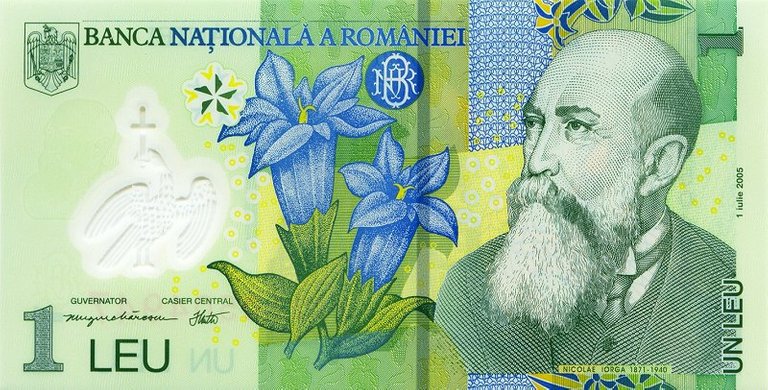
https://twitter.com/nobordersNB/status/1352265247466385409
i had to google Generation Alpha :P I feel old now
Posted Using LeoFinance Beta
Lol, you need to keep up with new things :P
Posted Using LeoFinance Beta
Cool to see this post. One additional fact on the new ones! They are all made from plastic and have a much longer lifespan than the paper ones. You can wash them and they still are usable.
Posted Using LeoFinance Beta
Thanks. Once I forgot some money in my pocket and washed it with my clothes. Was afraid they will lock me up for money laundering :D
Posted Using LeoFinance Beta